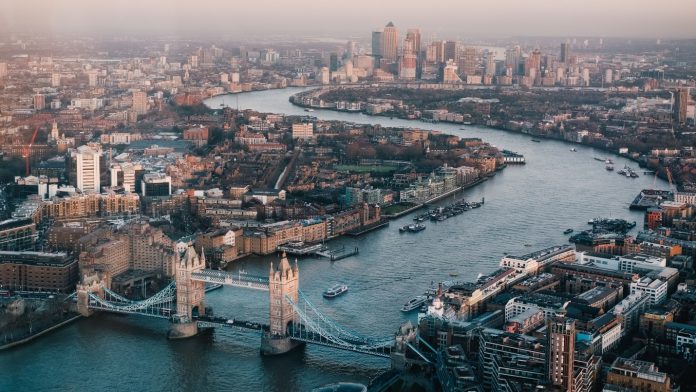- Pound (GBP) treads water after steep losses last week
- UK re-opens all shops and outside hospitality
- Euro (EUR) eases after strong gains last week
- Eurozone retail sales up next
The Pound Euro (GBP/EUR) exchange rate is holding steady at the start of the week consolidating heavy losses . The pair dived over 2% across the previous week settling on Friday at €1.1514, just marginally above the weekly low of €1.1495 a level that was last seen 6 weeks ago. At 05:15 UTC, GBP/EUR trades -0.03% at €1.1509.
After an impressive performance across the first three months of the year, investors sold heavily out of the Pound in the previous week.
Fundamentals in the UK are strong, instead sterling came under pressure amid large scale profit taking.
The UK economy takes another step along the re-opening path today with all shops, hair and beauty saloons and outside hospitality all re-opening.
Covid cases continue to fall in the UK with 1730 new daily cases on Sunday, down 25% from the previous week, whilst deaths fell to 7. The vaccine rollout continues at a swift pace in the UK, although concerns surrounding the AstraZeneca vaccine for younger people could have slightly unnerved investors in the previous week.
Attention will now turn to the UK GDP reading due on Tuesday. A stronger than forecast reading could boost the value of the Pound.
The Euro capitalized on the softer Pound across the previous week. A softer tone surrounding the US Dollar also helped lift the Euro last week.
The Euro found support amid a slightly more optimistic outlook for the economic recovery in the region on vaccine developments. Germany, France, Spain & Italy expect to have 70% of their population vaccinated by the end of June, paving the way for an economic recovery.
Looking ahead, Eurozone retail sales will be in focus today. Expectations are for a 1% increase month on month in February after a -5.9% monthly decline in January. Annually, retail sales are expected to contract -5.7%, up from -6.4%. A disappointing number could raise fears of an economic contraction in the first quarter of the year.





